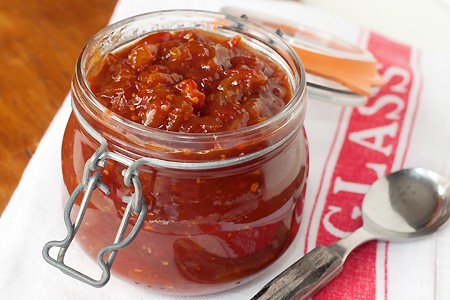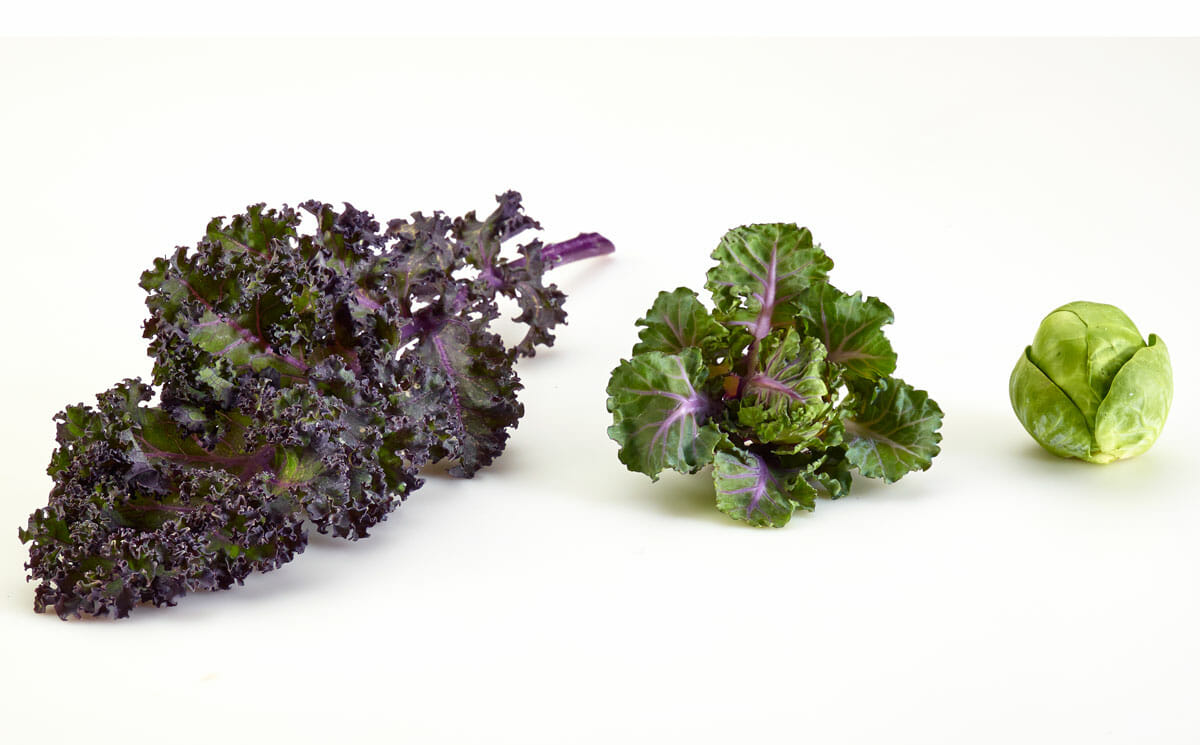and finally, the Fair French Fry Fairies with Fairbourne, the State Fair Mascot:



 Their core values and their effort to maintain a level of sustainability enforces their mission. They source organic & local food at their 27 locations in Boston, NYC, Philly, Maryland, Virginia and DC. Their packaging is all compostable, as is their bowls, cutlery & beverage cups. Even their bags, napkins and menus are 100% PCC. All of their locations are constructed with FSC certified materials and utilize energy efficient LED lighting. The furniture is made from reclaimed wood.
Their core values and their effort to maintain a level of sustainability enforces their mission. They source organic & local food at their 27 locations in Boston, NYC, Philly, Maryland, Virginia and DC. Their packaging is all compostable, as is their bowls, cutlery & beverage cups. Even their bags, napkins and menus are 100% PCC. All of their locations are constructed with FSC certified materials and utilize energy efficient LED lighting. The furniture is made from reclaimed wood. 









